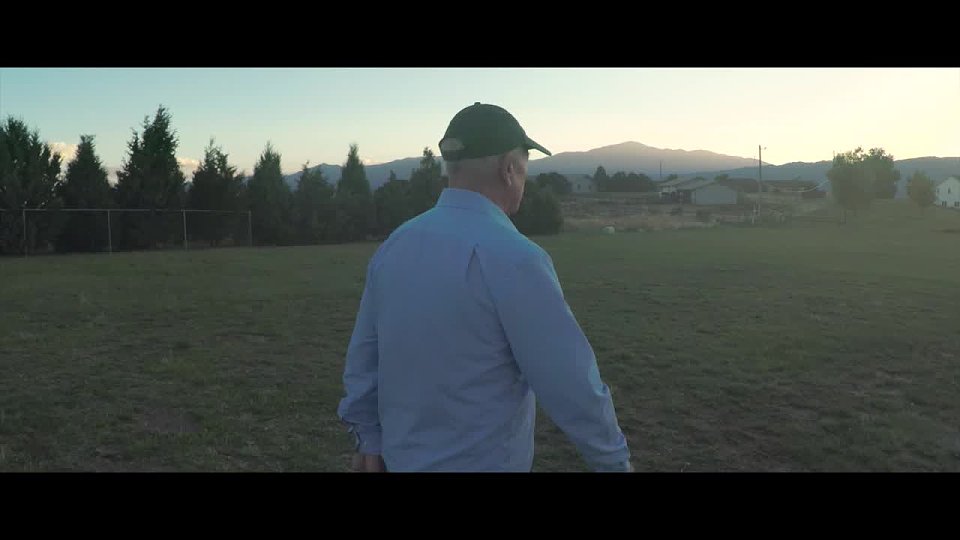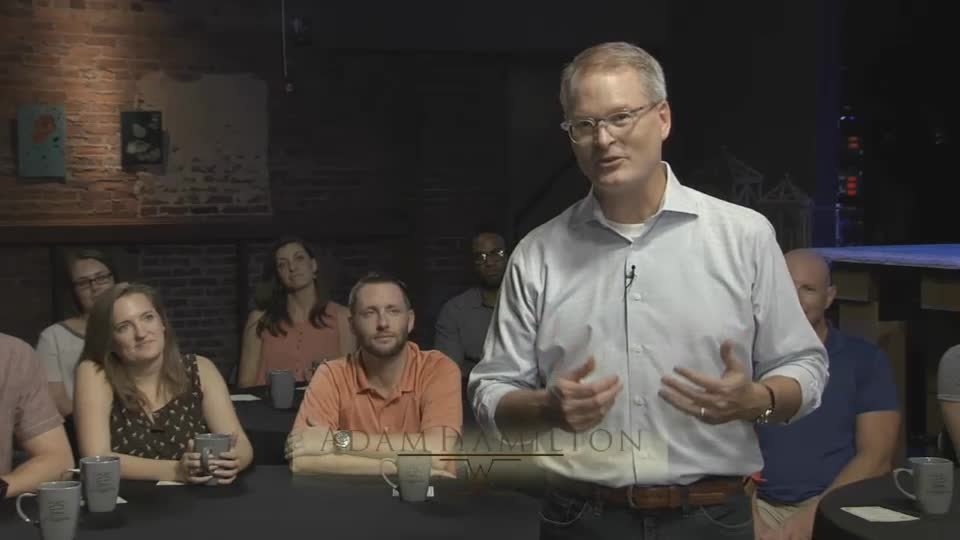Making The Case for Christian Faith
It was the spring of 1987. I was finishing the second year of my three-year Master of Divinity Degree at Southern Methodist University. The major requirement, not only for systematic theology class, but for graduating from seminary the next year, was a 35-page paper called simply, Credo – Latin for, “I believe.” My professors, Schubert Ogden, John Deschner and Charles Wood, had set up an altar in the hallway outside their offices. A basket atop the altar was where our papers were “offered” to God and to them. A kneeler was before the altar – we students thought it was intended to mock the students as if the professors were saying, “You’d better pray hard before we get out our red pens and start grading this paper.” It was only years later that I finally understood that the altar and kneeler were intended to remind the students that our credo was an offering to God, and the writing of it an act of worship and prayer.
The credo was both a summary of the student’s own understanding of the Christian faith and a test of one’s ability to make an intelligent and compelling case for the Christian gospel. I believe I received an A- on the paper, but I recall thinking, as I completed it, that after two years of seminary and tens of thousands of dollars expended, I still found some elements of Christian faith confounding.
Twenty-nine years later I was engaged in the same work, though this time not constricted by the 35-page limitation imposed by the professors. I sought once again to make a compelling case for the Christian gospel as I wrote the book, Creed: What Christians Believe and Why. Unlike my first credo, which was based upon what I had learned in just two years of seminary, this book was written in the light of twenty-eight years of pastoral ministry. It drew upon thousands of hours I’d spent over the years reading the Bible, commentaries and Christian theology in order to prepare over 1,300 sermons.
The book was birthed out of my desire to make a case for Christian faith for a new generation of young adults who are increasingly identifying as non-religious or nominally religious – “nones.” I hoped to make an intelligent case not only for what Christians believe, but why they believe it and how this faith enlivens and positively impacts every dimension of life.
My hope was that Christians might read the book to grow deeper in their own faith; that they might share it with their friends and family members who are open to, but struggling with, Christianity and they might come to embrace Christianity and I hoped it might be a resource for local churches, Sunday school classes, confirmation classes, Bible studies and book clubs.
While the book can be read at any time, I thought it would be a particularly good read during the season of Lent. It was during this season that the Church has traditionally prepared converts for their baptisms at Easter by using the Apostles’ Creed. There are six weeks of Lent and six chapters in the book based upon the Creed. And just as Lent ends at Easter with the resurrection, the Apostles’ Creed ends with the resurrection of the body and the life everlasting, which is the focus of the final chapter in the book.
I did kneel at the altar as I turned in my credo all those years ago praying that I might pass Systematic Theology. Twenty-nine years later, as I wrote this book I also prayed as I wrote each chatper, asking God to use this book to help others make sense of, and embrace, the Christian faith that by embracing it they might find life in Christ’s name.
I have included here two one-minute videos that you might find helpful introductions to the book. Just click on the triangles on the images at the top of the blog post.
Click here to find more information and links to purchase all Creed products, including the primary book, a Leader Guide, a Children's Leader Guide, and a Youth Study book.





Comments
blog comments powered by Disqus